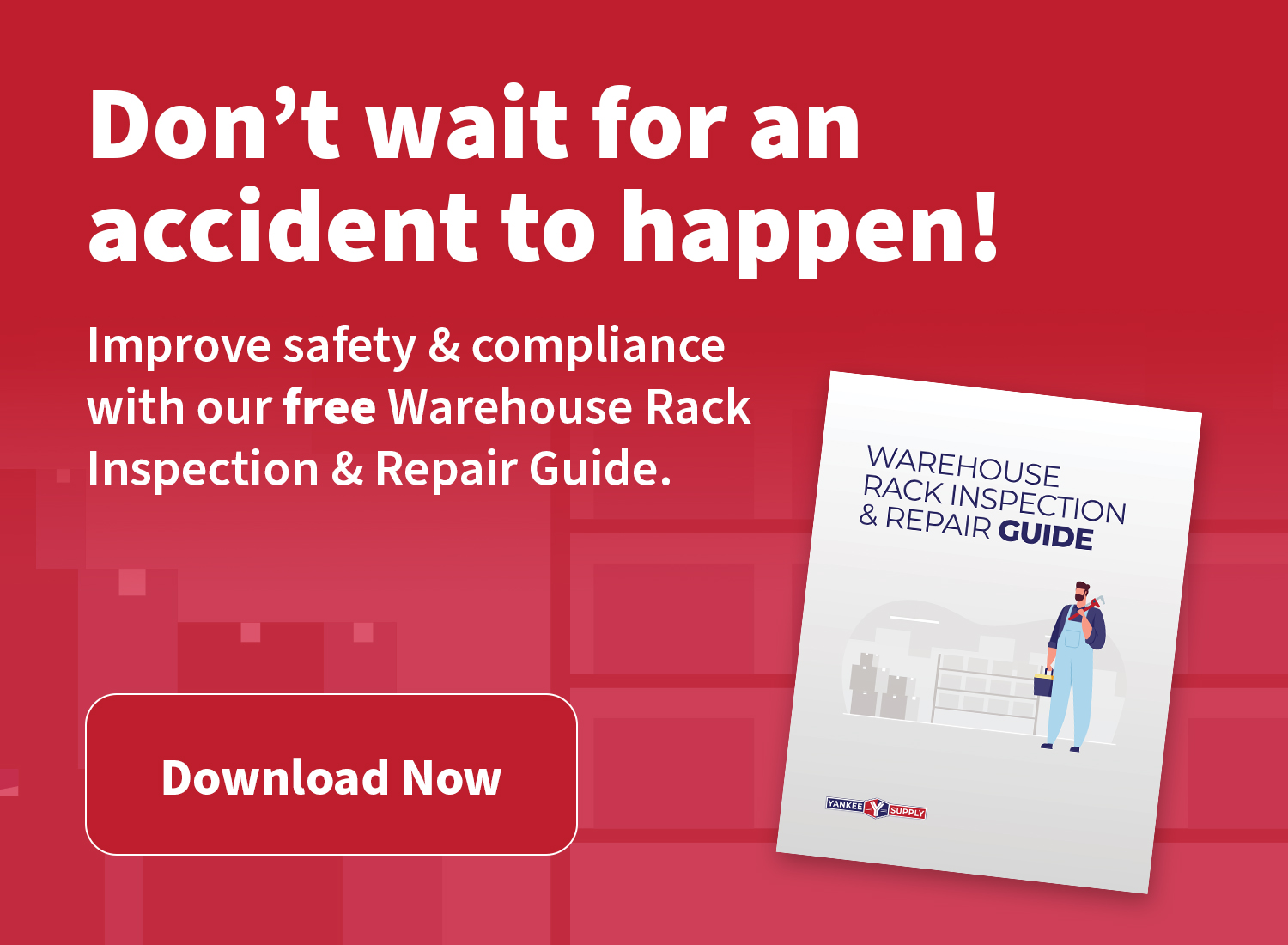In today’s industrial landscape, storage needs are constantly evolving. Are your warehouse storage solutions keeping pace with these changes?
Adapting and optimizing your storage space is crucial for maintaining efficiency and productivity. Adding rack systems offers a cost-effective way to adapt, avoiding the disruption of a complete system replacement.
We’re here to detail how to safely and effectively change your pallet rack and cantilever rack systems. Follow these crucial considerations and best practices to help you optimize your storage and boost production capabilities.
Understanding Pallet Rack Systems
Before changing your storage, it’s important to understand pallet rack systems well. The backbone of many warehouse operations, these storage systems provide organized and accessible storage for palletized goods.
Pallet rack systems are not a one-size-fits-all solution. They come in a variety of configurations, each designed to optimize storage for specific needs and warehouse layouts. Understanding the basic types will help you determine the best approach to reconfiguration.
Some of the most common types include:
- Selective Pallet Racking: Offers direct access to each pallet, providing versatility for various inventory types.
- Drive-In/Drive-Thru Racking: Maximizes storage density by allowing forklifts to enter the rack structure.
- Pallet Flow Racking: Utilizes inclined tracks with rollers to streamline product flow. This movement is ideal for FIFO inventory management.
Crucially, it’s vital to understand the load capacities and limitations of your specific system. Exceeding these limits can lead to dangerous collapses and damage. Always consult the manufacturer’s guidelines for safe weight limits. Learn more about the best pallet racking types of 2024.
Planning Reconfiguration
Before starting any reconfiguration or additions, thorough planning is necessary to avoid costly errors and delays. Developing a detailed plan is crucial for a smooth and efficient process. This plan should include:
- Detailed system Layout: A comprehensive layout showcasing rack placement, aisle widths, and flow.
- Tools, Equipment, & Safety Protocol: A list of necessary tools, equipment, and detailed safety protocols.
- Component Verification and Proper Connections: Verification of new component compatibility with the existing system, ensuring secure connections using correct hardware.
- Accessory Integration: Planning for the use of safety and stability accessories.
Reconfiguring Pallet Rack Systems
Rearranging your existing pallet rack design involves rearranging components to better suit your current needs. This process requires careful planning and execution to ensure safety and maintain the system’s integrity.
When Rearranging Components
You will begin by carefully dismantling the existing rack sections according to your plan. Disassemble one section at a time to keep it stable. Use the right lifting equipment to move heavy parts.
Inspect all components for damage before reassembly. Do not reuse any damaged parts.
Maintaining System Integrity During Reconfiguration
Next, ensure that you properly align and secure all connections during reassembly. Use the correct hardware and tightening torques as specified by the manufacturer.
Make sure to regularly check for plumbness and levelness to maintain the structural integrity of the system.
Adjusting Beam Levels
Adjusting the beam levels allows you to accommodate pallets of different heights, which can be extremely beneficial. When adjusting beam levels, make sure there is enough space between the top of the pallet and the next beam. This will help ensure safe loading and unloading.
Reconfiguring for Different Storage Types
You might need to change your pallet rack system for different types of storage. For example, you could convert a selective rack to a drive-in rack. In this case, it’s best to talk to a qualified rack system expert (like us). This will help ensure that we complete the reconfiguration safely and correctly.
Understanding Cantilever Rack Systems
Pallet racks are ideal for storing palletized loads. Cantilever racks are great for storing items like lumber, pipes, steel beams, and furniture. Their open design removes obstructions and allows easy access with forklifts.
Cantilever racks have uprights, which are the vertical columns that support the structure. They also have arms, which are horizontal pieces that extend from the uprights to hold the load. Additionally, they have bases that give stability to the cantilever uprights.
Unlike pallet racks, cantilever racks do not have front columns. When using these racks, think about the load capacity of the arms and uprights. This capacity depends on arm length, spacing, and upright height. Dive into the Advantages of Structural Cantilever Racking to understand why these racks are essential for so many businesses.
Adding to and Reconfiguring Cantilever Rack Systems
When changing cantilever racks, it is important to first look at your storage needs and the current storage rack system. A common adjustment involves altering the spacing between the cantilever arms to efficiently accommodate items of varying lengths.
To provide proper support and stop sagging or bending of stored materials, check the arm spacing. You should base this on the size and weight of the load. To maintain consistent safety, always consult the manufacturer’s guidelines.
Cantilever racks also offer valuable flexibility in storage configurations. Put them along one wall to maximize storage while saving space in open areas. Any change you make requires a careful plan. You need to add or remove uprights and arms while keeping the system stable.
Safety Best Practices
Safety is non-negotiable when working with rack systems. Shortcuts can lead to devastating consequences, making it important we get it done right.
Protect Yourself
The Personal Protective Equipment (PPE) you wear is your armor against warehouse hazards. Adjusting racking systems makes this more important than ever. Ensure hard hats, protective gear, and high-visibility vests are in use.
Ensuring System Integrity
Stability is the first step to warehouse safety. A wobbly rack is a disaster waiting to happen.
Ensuring the safety of your team requires continuous monitoring of the systems in use. Racks endure damage, so check for bends, cracks, and corrosion before and after completing work. If it appears damaged, report it (don’t use it).
Streamlined Storage
Changing and updating rack systems is a smart way to improve your warehouse operations. It helps you meet changing storage needs. By learning about different storage systems, creating a detailed plan, and focusing on safety, you can make the most of your storage space. This will help you work more efficiently and create a safer workplace.










